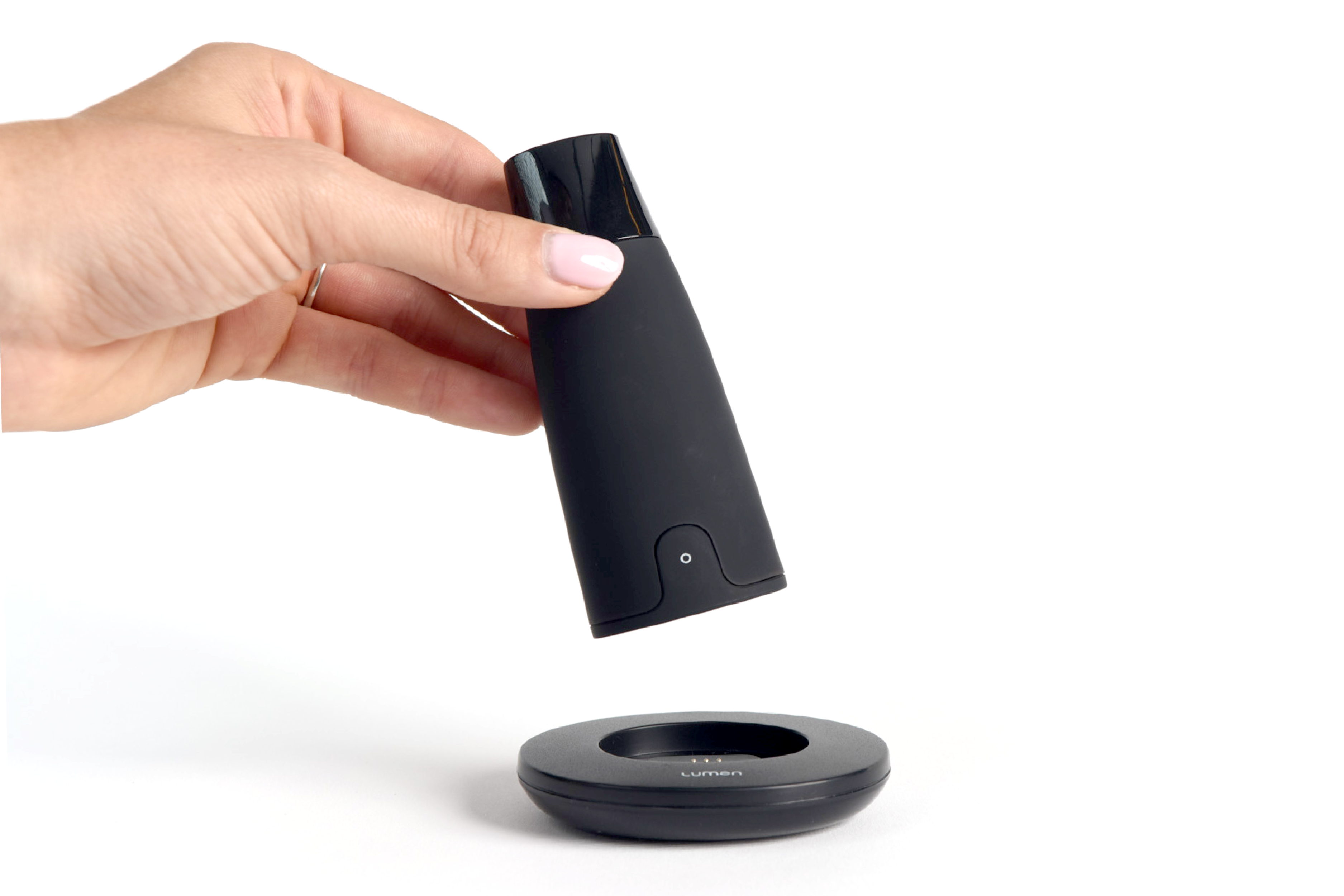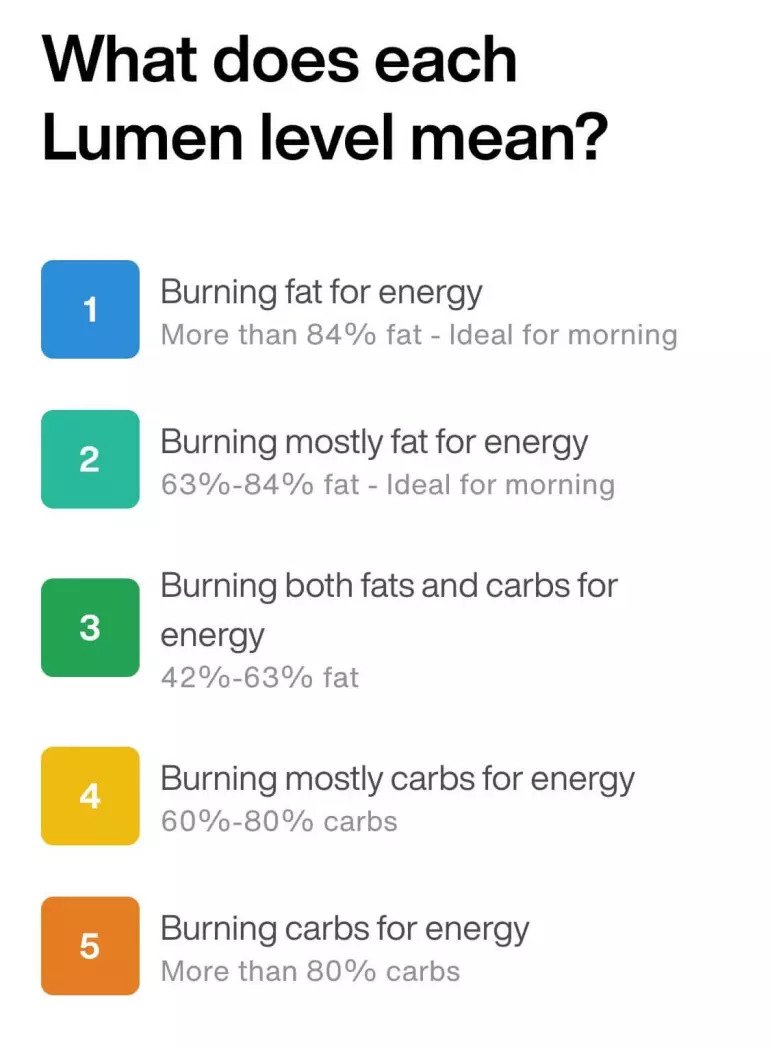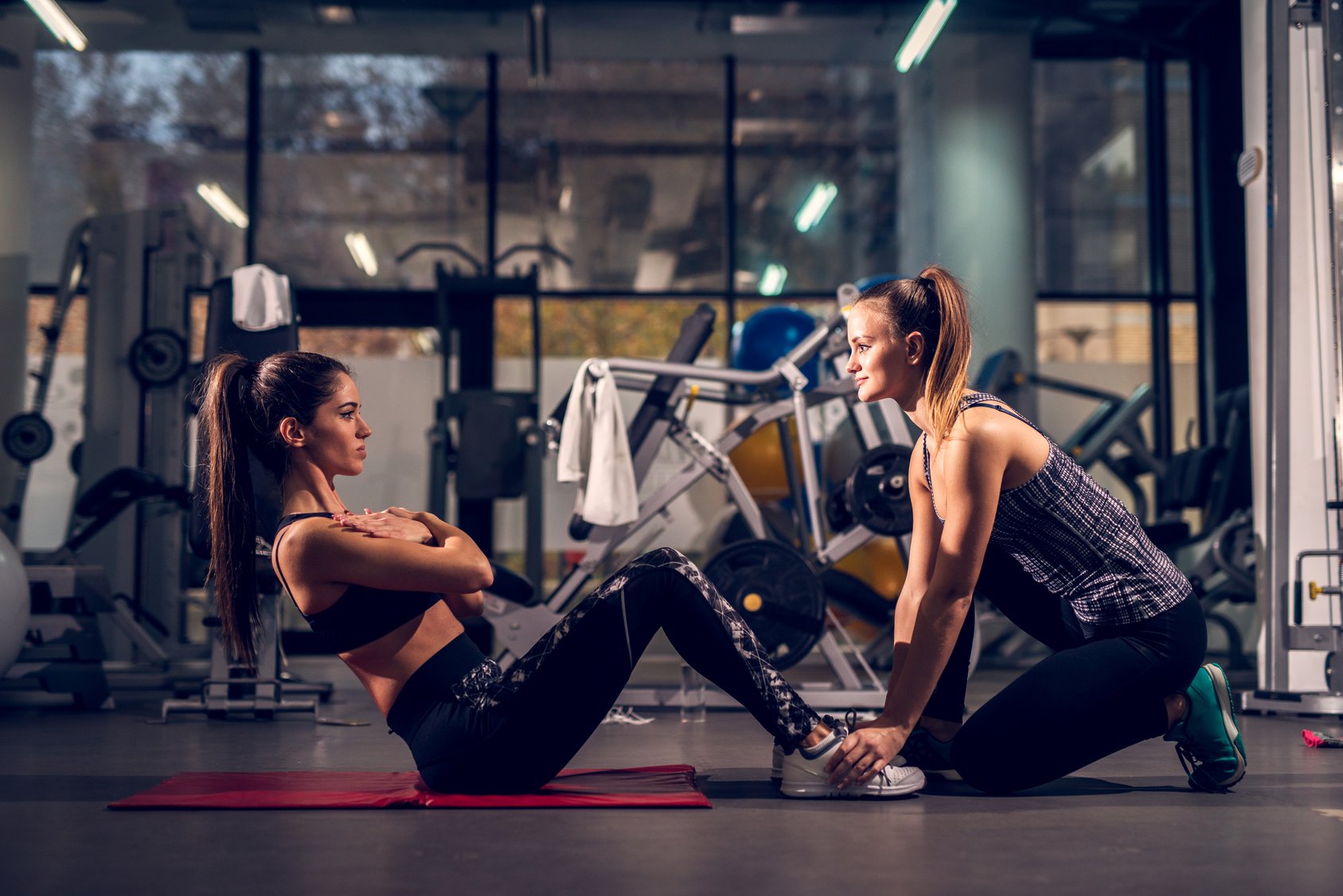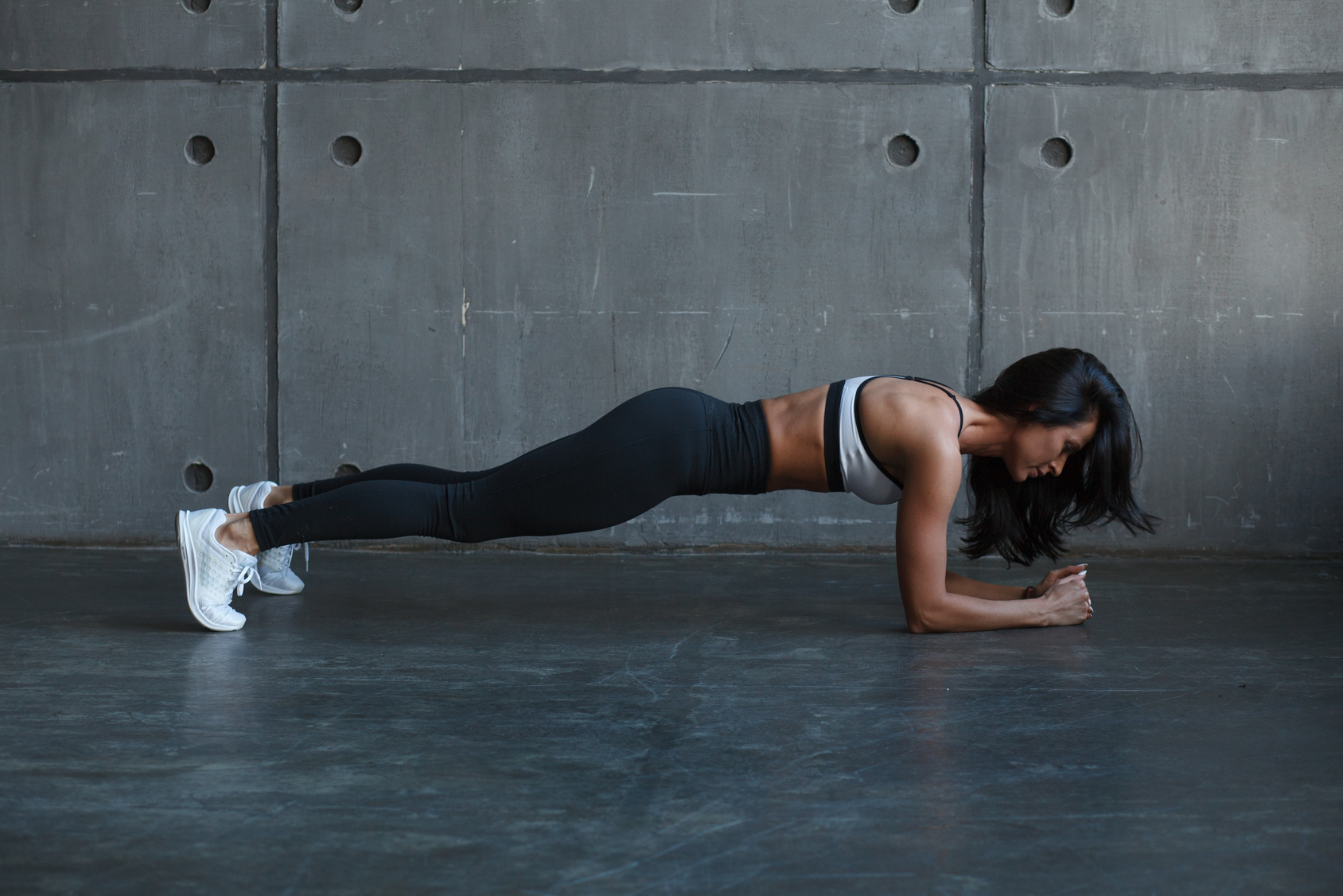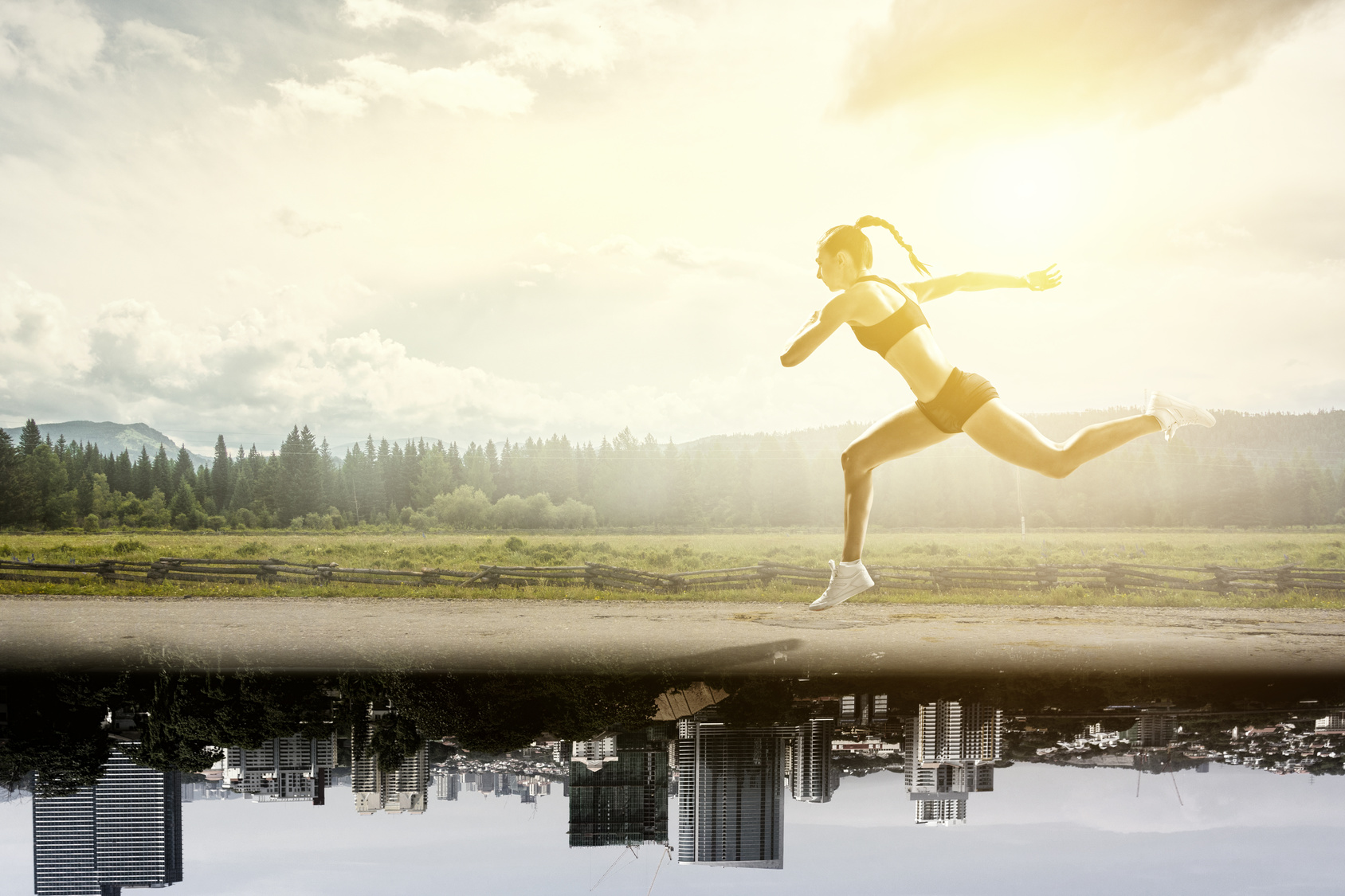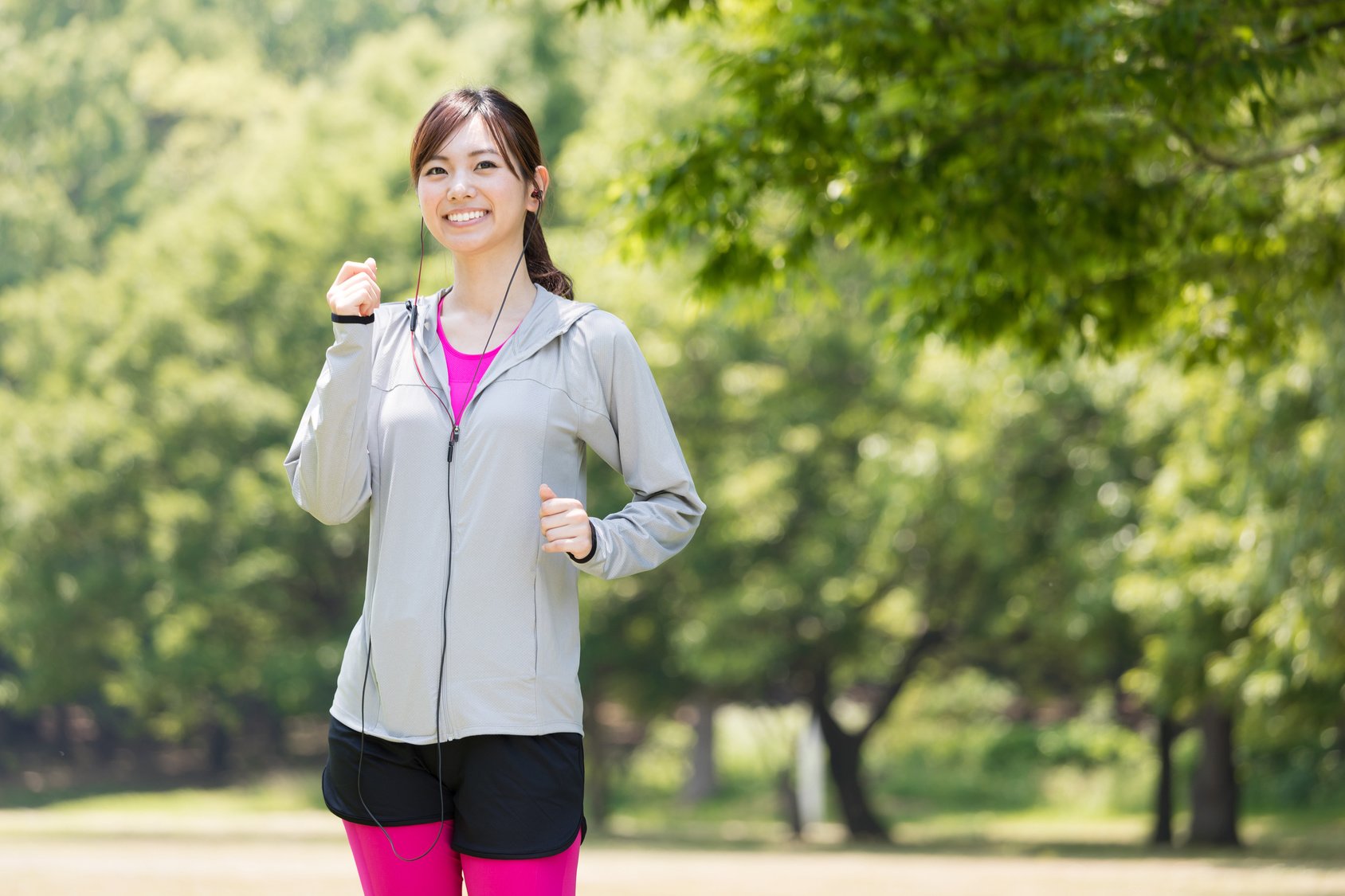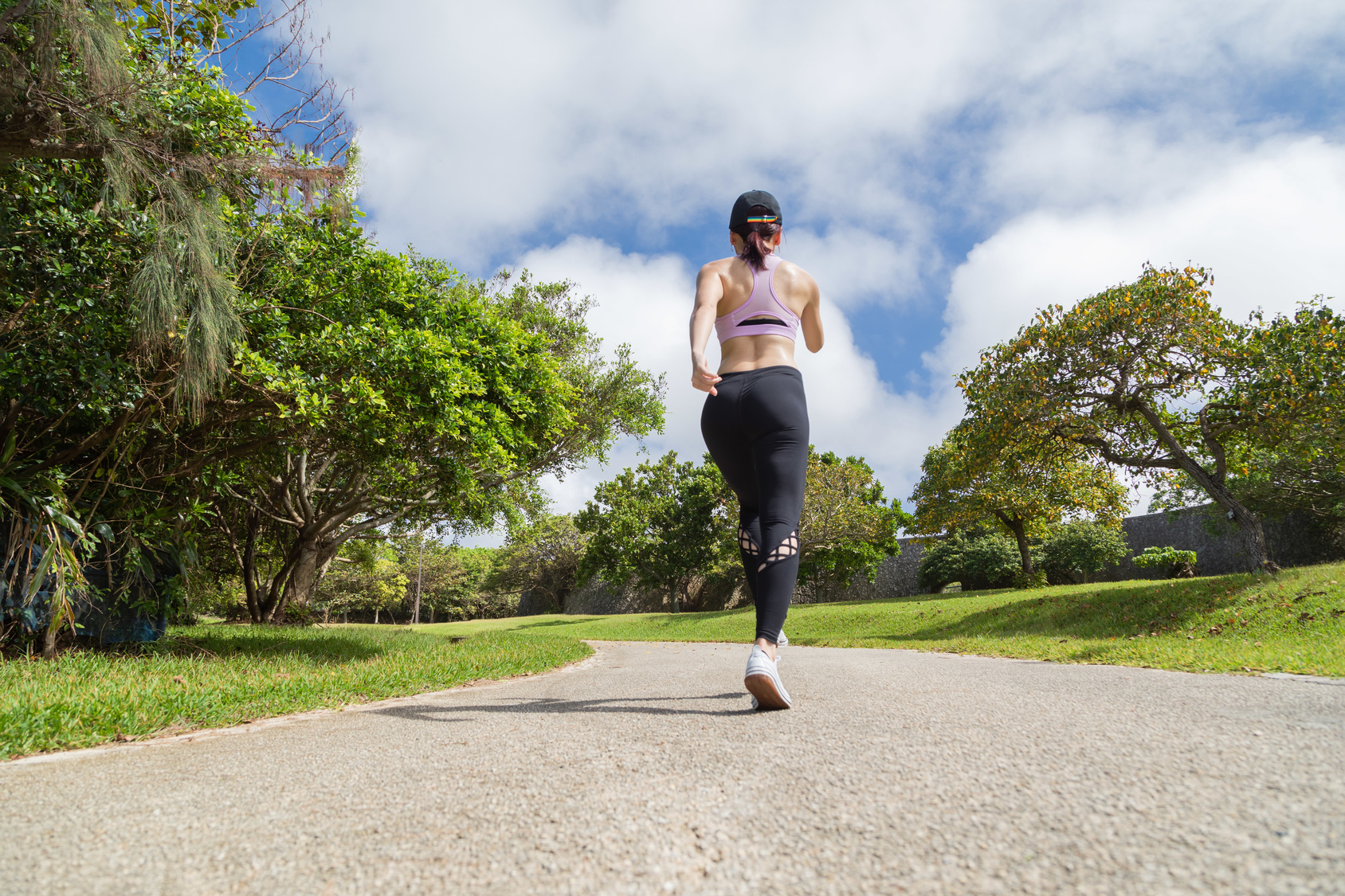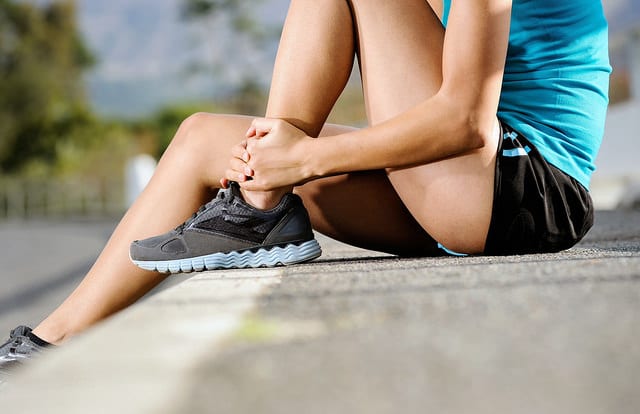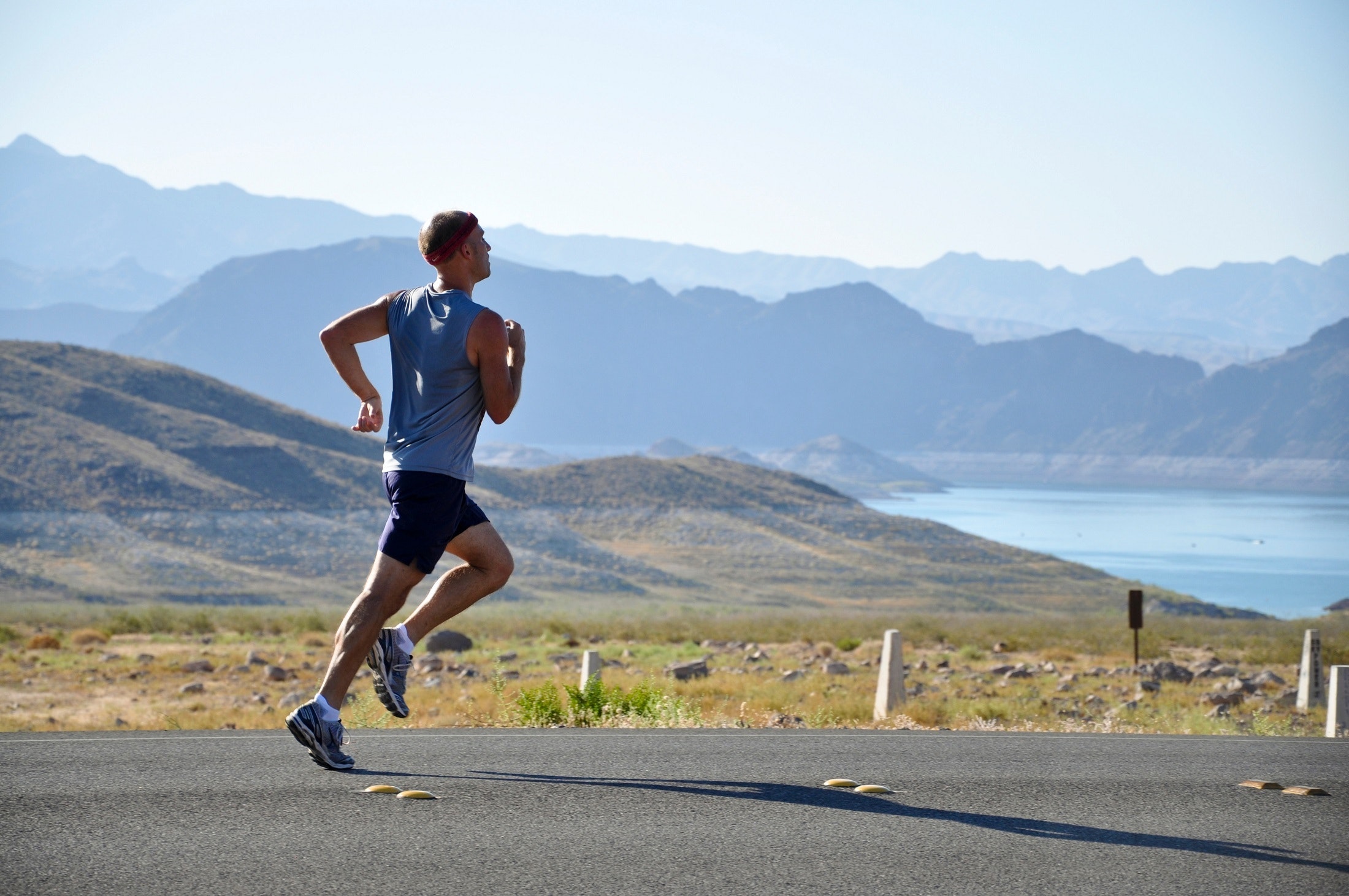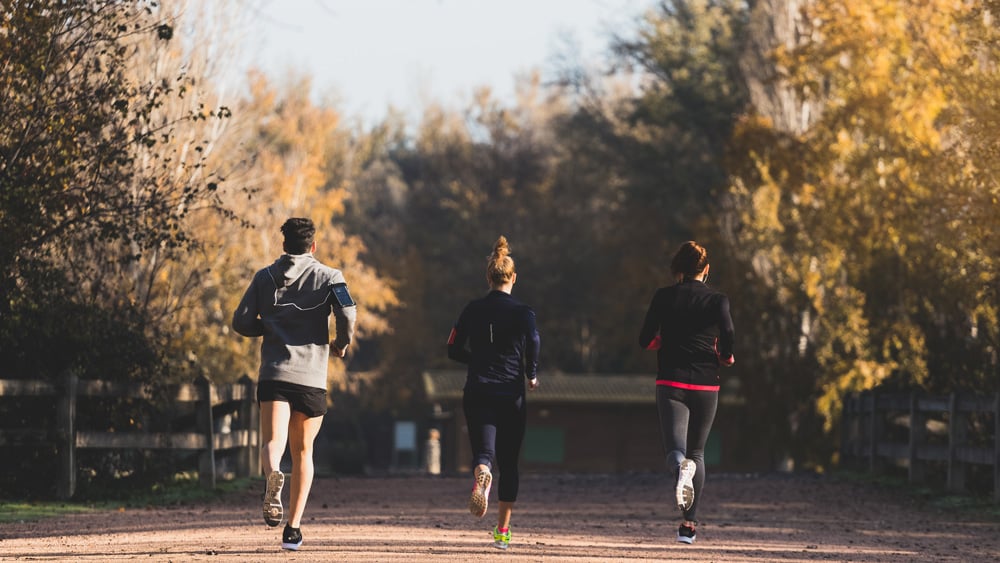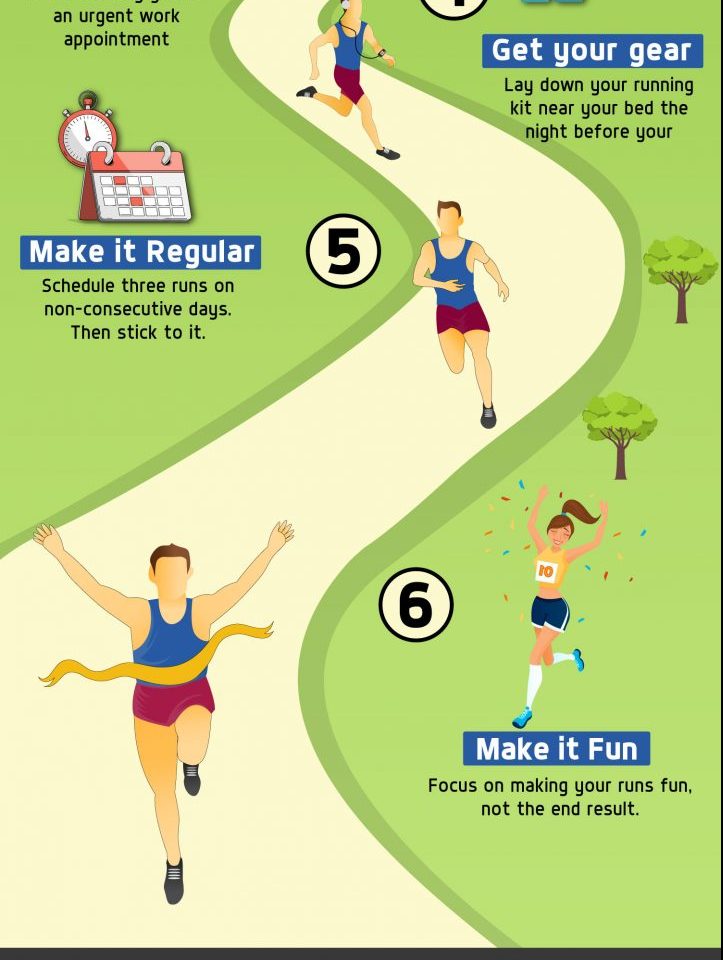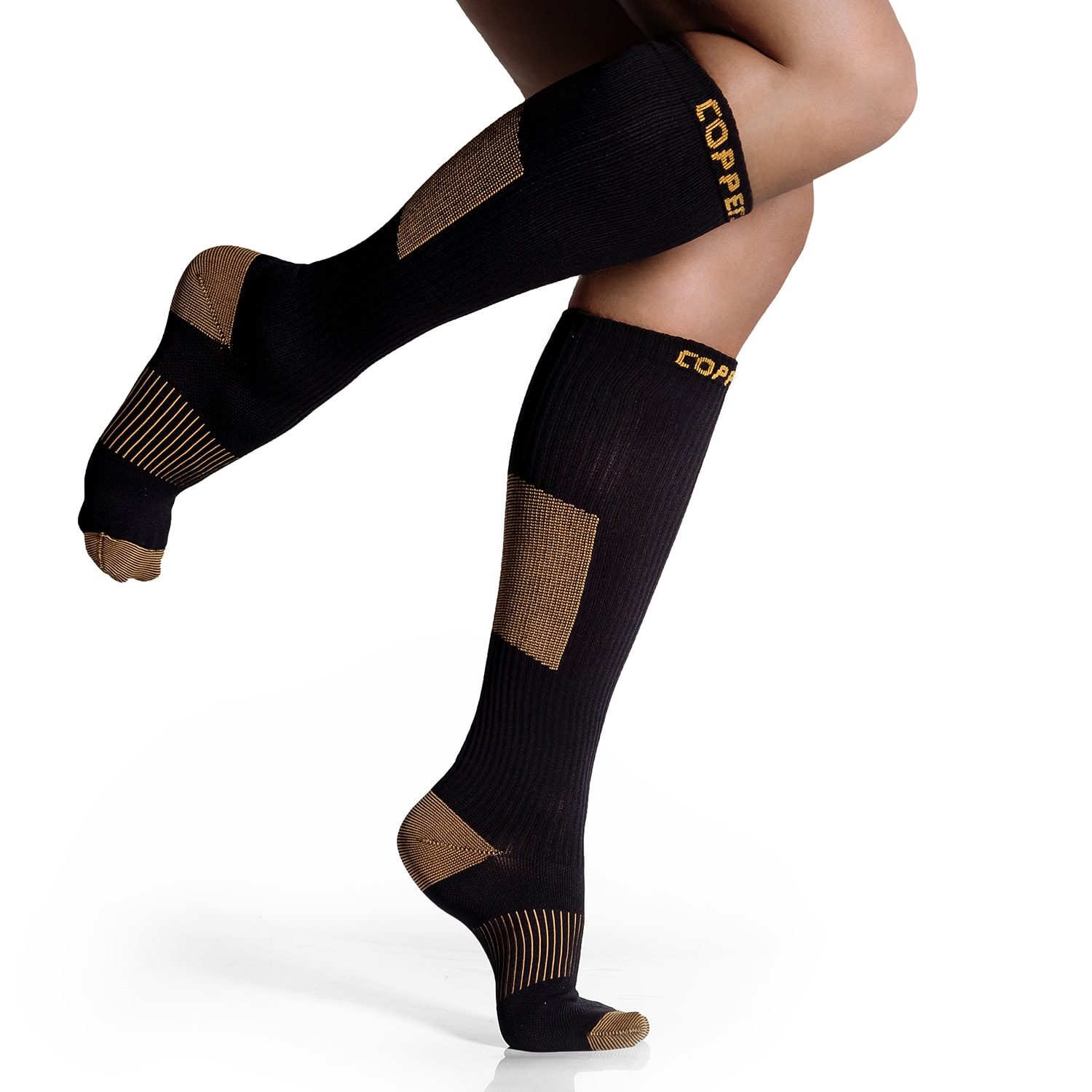To achieve your running and fitness goals, you’ll need the right help that can go a long way in getting you what you want.
One useful measure is learning more about your metabolism and how your body uses up its energy reserves to perform everyday functions. That’s where using the right device can bring you one step—or many—toward hacking your own metabolism.
So what is Lumen, and how it works? Keep on reading for the answers.
In this article, I’m sharing with you the full in-depth Lumen review, explaining the ins and outs of how this amazing device works, how it can crack metabolism, what’s the science behind it, and so much more.
Sounds great?
Let’s get started
If you’re like to give Lumen a try, make sure to use the discount code RBP40 to get $40 off.
What is Lumen
Lumen is a metabolic breathe analyzer that looks a bit like an inhaler or vaping device that’s designed to hack your metabolism.
The small device is equipped with Bluetooth that syncs with an app and can tell you whether you’re running on carbohydrates or fat. So what used to be hard-to-access data it’s now available to anyone.
Lumen began with twin sisters Merav and Michal – two Ironman winners, and PhDs in physiology. As scientists and athletes, they were passionate about developing a way to provide personalized nutrition but knew the only way to measure metabolism was costly and time-consuming
The premise is simple. Lumen measures your carbohydrates and fat levels via your breath and determines whether you’re burning carbs or fat for energy.
Technically speaking, the metabolism tracker consists of a CO2 sense and a flow meter that measures air volume as you inhale and exhale. This is achieved by using a CO2 sensor and flow meter to determine CO2 concentration in your breath.
Based on this, the device can tell what type of fuel your body is running on at any given point: carbohydrates or fat.
On the inhale, Lumen analyzes your breath and provides you with a score on a scale of 1 to 5. This scale tells whether your body is currently running on fat (1 or 2), carbs (4 or 5), or a combination of both (3).
Once you get the result, the app will suggest a recommended meal plan of roughly how many carbohydrates, fat, and protein surviving’s you should consume that day.
Metabolism Explained
One of your main fitness goals should be to improve your metabolic flexibility. But to understand the latter, let me first explain what metabolism is all about.
Every runner needs energy to perform. Your ability to log the miles depends, mainly, on your body’s ability to extract energy from the food you consume.
This fuel comes from mainly two sources: carbohydrates and fats. Your body’s process to convert this fuel into energy, or what’s known as metabolism, is a key factor in athletic performance and overall health.
Metabolic flexibility is the term used to refer to how well your body can switch between burning carbs and burning fats. The more flexible your metabolism, the fitter and healthier you can be
Although there are plenty of wearable health technology devices that can help you keep track of your activity levels, they won’t reveal much about your body’s efficiency at burning calories nor when and what to eat.
That’s where Lumen can come in handy as it can provide you with real-time data about how your metabolism is doing and guide you toward making better nutrition and lifestyle decisions.
In essence, this metabolism tracker can help you achieve “metabolic flexibility.”
Improving your metabolic flexibility has a lot to offer. Some of the main benefits include:
- Natural weight loss
- Improved energy & mood
- Reduced cravings
- Improved insulin sensitivity
- And so much more.
The Technology Behind Lumen
So what’s the science behind the Lumen device, and how does it work?
The principle behind Lumen isn’t new – the device relies on breath analyzers to measure respiratory exchange ratio or the ratio between the amount of oxygen you breathe in and the amount of carbon dioxide you breathe out.
More specifically, Lumen measures the concentration of CO2 (carbon dioxide) in the breath via an integrated sense and flow meter that works out your current body’s fuel—carbohydrates or fat.
Overall, high carbon dioxide levels indicate you are burning carbs for fuel, whereas low levels mean that you’re burning fat.
Based on this data, you get customized suggestions and recommendations on training, nutrition, and sleep, like what you should eat, how much sleep you need, etc.
Of course, don’t take my word (or the company’s) for it. Here’s a peer-reviewed validation study that backs up these claims.
How Lumen Can Help Your Running Performance
As a runner, achieving metabolic flexibility is useful, especially if you’re looking to use fat as your main fuel during long runs.
For example, a high-fat, low-carb diet (think Keto) has been associated with improved ultrarunning performance. With the help of Lumen, you can tell whether you have reached this high-fat, low-carb state.
That’s not the whole story. Knowing what type of energy you’re burning before a run can make the difference between an average workout and a successful one.
For instance, if you’re performing a sprint session—a form of high-intensity interval training—most of your fuel should come from carbohydrates if you want to perform at your best since carbs provide an efficient energy source for intense training.
What’s more?
The device can also help catch if you’re under-fueling, especially during long-distance running.
Other Benefits
One of the biggest perks of Lumen is that it’s so personalized. After all, it measures your own breath.
The device doesn’t give generic advice. Instead, based on your personal data, you get your own customized nutrition plan for the day based on your goal, whether you’re looking to build muscle, lose weight, or whatever.
Other perks of the device include:
- Fairly accurate
- Good quality maters and strong build
- High-quality hardware
- Reliable accuracy measuring the body’s metabolic stat
- Elegant and futurist design
- Motivating smartphone app
- Easy to charge and simple to use the device
- Allows extended fasting
- Integration with Garmin, Google fit, and Apple watch
- Easy to use and navigate
- Great tool for long term weight loss
- One year warranty
- Fast shipping
The downsides
Just like any other device, Lumen has its shortcomings. The main ones include:
- You’ll need the habit of using the device regularly to get accurate results.
- Lumen is more expensive than alternative products
- Carrying the device around throughout the day can be a hassle
- You’ll need to take larger breaths for an accurate reading
How Does Lumen Work?
Using Lumen is pretty simple.
After receiving the device, you download the mobile app, sign up for an account and pair the device to the app through Bluetooth. Next, you answer a bunch of questions about your physiology, lifestyle, and health goals.
To put Lumen to use, you fire up the app, then simply inhale through the device for approximately five seconds, hold for ten seconds, then exhale into Lumen for approximately five seconds. You might need to repeat the procedure twice for a more accurate reading.
After a few moments, Lumen will reveal exactly what your metabolism is currently burning so you can make the right adjustments.
Should Runners Buy Lumen
This is the most important question. I hate to state the obvious, but the answer is it depends. It depends on you and what you’re looking for.
Overall, I wouldn’t recommend Lumen if you:
- Have a limited budget. At $300, the device can be quite expensive, especially if money is tight. Instead, look into other health gadgets, such as a smartwatch or a heart rate monitor.
- Looking for a quick weight loss plan. Lumen works best for long-term weight loss plans. The device isn’t for you if you’re seeking a magical weight loss pill.
On the other hand, I’d recommend using the device if any of the following describes you:
- Have the money for it. If you can afford the device and are serious about taking care of your health, Lumen is a great addition to your health plan.
- In it for the long haul. Lumen, just like any other device, works best if you’re looking for long-term health benefits. When used over a long time, especially when used with other tools, the device can help take your health to the next level.
- Monitoring nutrition. If you’re looking for a convenient and easy way to keep tabs on your diet, Lumen is for you.
How Much Is Lumen
The Lumen device is sold on a subscription basis, and your initial investment will depend on how long you’re willing to commit to the subscription.
Once you buy the Lumen device and open the box, you’ll also find a travel case, charging dock, USB-C charging cable in the package. You’ll also be granted access to the Lumen app, which is compatible with Android and iOS smartphones, and premium customer support.
On Lumen’s official website, you can find three pricing options:
- $249 for the device ploys 6-month subscription
- $299 for the device plus a 12-month subscription
- $349 for the device plus an 18-month subscription.
Keep in mind that all of this comes with a 30-day money-back guarantee, free US shipping, a one-year warranty, and 10 percent off for ordering two devices.
I strongly urge you to always purchase any fitness- and/or health-related divided and supplements directly from the company’s official website. This is to ensure that you’re getting the right product, warrant, refund, discount, and other similar benefits.
If you’re like to give Lumen a try, make sure to use the discount code RBP40 to get $40 off.

